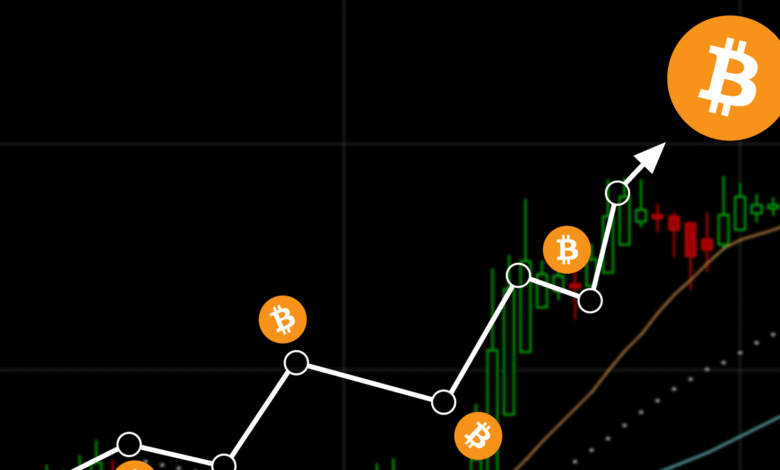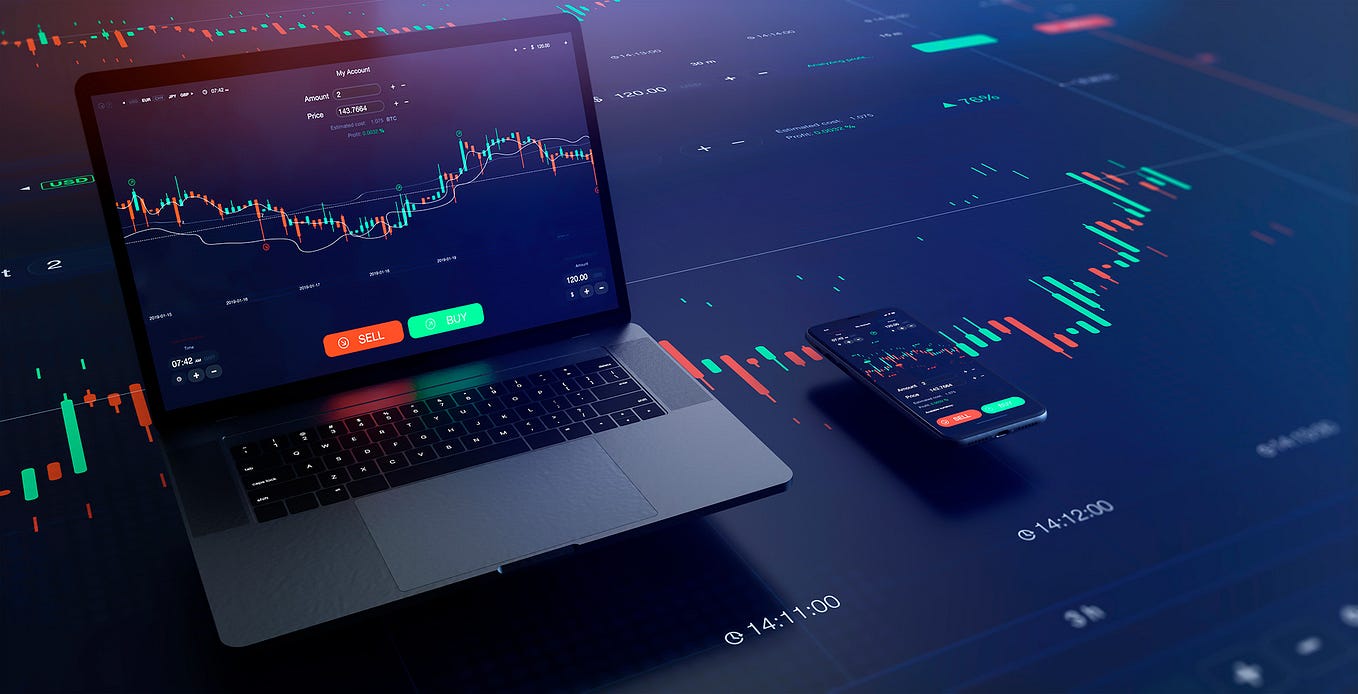15 Proven Crypto Day Trading Strategies That Work in 2025 Complete Guide

The cryptocurrency market never sleeps, presenting both unprecedented opportunities and significant risks for active traders. If you’re searching for crypto day trading strategies that work, you’ve landed in the right place. This comprehensive guide reveals battle-tested techniques that successful traders use to navigate the volatile crypto landscape and generate consistent profits.
Unlike traditional stock markets, cryptocurrency exchanges operate 24/7, creating unique advantages for day traders willing to master the right strategies. The key to success lies not just in understanding market movements but in implementing proven methodologies that have withstood the test of time across various market conditions. Whether you’re a complete beginner or looking to refine your existing approach, these crypto day trading strategies that work will provide you with the foundation needed to make informed trading decisions.
Understanding the Crypto Day Trading Landscape
Before diving into specific strategies, it’s crucial to understand what sets cryptocurrency day trading apart from traditional markets. The crypto space offers unparalleled volatility, with some altcoins experiencing 20-50% price swings within a single trading session. This volatility, while risky, creates numerous opportunities for skilled day traders to capitalize on short-term price movements.
The cryptocurrency market’s decentralized nature means it’s influenced by factors unique to the digital asset space: regulatory announcements, technological developments, social media sentiment, and institutional adoption news can all trigger significant price movements within minutes. Understanding these market drivers is essential for developing effective trading strategies.
Market liquidity varies significantly across different cryptocurrency pairs. Major cryptocurrencies like Bitcoin (BTC) and Ethereum (ETH) typically offer the highest liquidity, making them ideal for beginners. However, experienced traders often find greater profit potential in less liquid altcoins, despite the increased risks involved.
Essential Crypto Day Trading Strategies That Work
Scalping Strategy for Quick Profits
Scalping represents one of the most popular crypto day trading strategies that work, particularly in highly liquid markets. This approach involves making dozens of small trades throughout the day, capitalizing on minor price fluctuations to accumulate profits. Successful scalpers typically hold positions for anywhere from a few seconds to several minutes.
The key to effective crypto scalping lies in identifying support and resistance levels on shorter timeframes (1-minute to 15-minute charts). Traders look for opportunities where the price bounces off these levels, entering positions with tight stop-losses and quick profit targets. A typical scalping trade might target 0.5-2% profit while risking no more than 0.5-1% of the trading capital.
To implement this strategy effectively, you’ll need access to a reliable trading platform with minimal fees and fast execution speeds. Many successful scalpers use advanced order types like limit orders and stop-losses to automate their entries and exits, reducing the emotional component of trading decisions.
Breakout Trading Strategy
Breakout trading focuses on identifying when a cryptocurrency’s price breaks through significant support or resistance levels, often leading to substantial price movements. This strategy works particularly well in the crypto market due to the high volatility and strong trending behavior of digital assets.
The most effective breakout trades occur when the price breaks through levels that have been tested multiple times. Look for consolidation patterns like triangles, rectangles, or flag formations on hourly or 4-hour charts. When the price decisively breaks above resistance (or below support) with increased volume, it often signals the beginning of a strong trend.
Successful breakout traders typically wait for confirmation before entering positions. This might involve waiting for the price to close above the breakout level or for a retest of the broken level as new support. Volume confirmation is crucial – genuine breakouts are usually accompanied by significantly higher trading volume than average.
Range Trading in Sideways Markets
Not all crypto markets trend strongly, and range trading strategies prove invaluable during sideways market conditions. This approach involves identifying clear support and resistance levels and trading the bounces between these boundaries.
Range trading works exceptionally well with established cryptocurrencies that tend to trade in predictable patterns during consolidation phases. The strategy involves buying near support levels and selling near resistance, or using limit orders to automate these entries and exits.
The key to successful range trading lies in proper risk management and patience. Traders must be disciplined enough to exit positions when the range breaks, as continued ranging behavior is never guaranteed. Setting stop-losses just outside the established range helps protect against false breakouts that could lead to significant losses.
Advanced Technical Analysis Techniques
Moving Average Crossover Systems
Moving averages serve as foundational tools in many crypto day trading strategies that work. The most common approach involves using two or more exponential moving averages (EMAs) of different periods to identify trend changes and entry points.
A popular configuration uses the 9-period and 21-period EMAs on 15-minute or hourly charts. When the faster-moving average (9-period) crosses above the slower one (21-period), it generates a bullish signal. Conversely, when the fast average crosses below the slow average, it suggests a bearish trend change.
More sophisticated traders employ three-moving average systems, adding a longer-term average (such as the 50-period EMA) to filter trades in the direction of the overall trend. This approach helps reduce false signals and improves the win rate of trades.
RSI Divergence Trading
The Relative Strength Index (RSI) is a momentum oscillator that measures the speed and magnitude of price changes. RSI divergence occurs when the price movement diverges from the RSI movement, often signaling potential trend reversals.
Bullish divergence forms when the price makes a lower low while the RSI makes a higher low, suggesting weakening selling pressure. Bearish divergence occurs when the price makes a higher high while the RSI makes a lower high, indicating diminishing buying momentum.
Trading RSI divergences requires patience and confirmation from other technical indicators or price action signals. The most reliable divergences occur at extreme RSI levels (below 30 or above 70) and are confirmed by subsequent price action that supports the divergence signal.
Volume Profile Analysis
Volume Profile provides insights into where the most trading activity has occurred at specific price levels, revealing important support and resistance zones. This tool is particularly valuable in cryptocurrency trading due to the transparent nature of blockchain transaction data.
High-volume nodes (areas where significant trading occurred) often act as strong support or resistance levels. When price approaches these levels, traders can expect increased buying or selling activity. Value Area Highs and Lows, which represent the price range where 70% of volume traded, serve as important reference points for potential reversal zones.
Point of Control (POC), the price level with the highest volume, often acts as a magnet for price action. Successful traders use these volume-based levels to time their entries and exits, often finding better risk-reward ratios than traditional technical analysis alone.
Risk Management in Crypto Day Trading

Position Sizing Strategies
Proper position sizing forms the cornerstone of successful crypto day trading strategies that work over the long term. The volatile nature of cryptocurrencies makes it essential to risk only a small percentage of your trading capital on each trade, typically 1-3% maximum.
The Kelly Criterion provides a mathematical approach to position sizing based on your historical win rate and average win-to-loss ratio. However, many successful crypto day traders prefer simpler approaches, such as risking a fixed dollar amount or percentage per trade regardless of the setup quality.
Dynamic position sizing adjusts the trade size based on the quality of the setup and current market conditions. High-probability setups might warrant slightly larger positions, while lower-conviction trades should be sized smaller. This approach requires experience and discipline but can significantly improve long-term returns.
Stop Loss and Take Profit Strategies
Effective stop-loss placement protects trading capital while allowing profitable trades room to develop. In crypto day trading, stops should be placed based on technical levels rather than arbitrary percentages, as cryptocurrency price movements often respect support and resistance zones.
Trailing stops can be particularly effective in trending crypto markets, allowing traders to participate in extended moves while protecting profits. A common approach involves moving the stop-loss to breakeven once the trade moves favorably by a predetermined amount, then trailing the stop at a fixed distance behind the highest favorable price.
Take-profit strategies should align with realistic market expectations and technical analysis. Many successful traders use multiple profit targets, closing portions of positions at key resistance levels while allowing the remainder to run with trailing stops. This approach maximizes profit potential while securing gains along the way.
Market Psychology and Sentiment Analysis
Understanding Crypto Market Cycles
Cryptocurrency markets move in cycles driven by technology adoption, regulatory developments, and investor sentiment. Understanding these cycles helps traders position themselves advantageously and avoid common pitfalls that trap inexperienced participants.
Bull markets typically begin with increased institutional interest or positive regulatory developments, followed by retail FOMO (Fear of Missing Out) that drives prices to unsustainable levels. Bear markets often start with negative news events and are characterized by capitulation selling and reduced trading volumes.
Successful day traders adapt their strategies to different market cycle phases. During bull markets, breakout and momentum strategies tend to work well, while range trading and contrarian approaches may be more effective during bearish or sideways markets.
Social Media and News Impact
Cryptocurrency prices are heavily influenced by social media sentiment and news events, creating unique opportunities for day traders who can quickly interpret and act on information flows. Twitter, Reddit, and Telegram channels often serve as early indicators of market sentiment changes.
News events such as regulatory announcements, institutional adoption, or technological developments can trigger immediate and substantial price movements. Successful traders maintain news feeds and alerts for major crypto-related developments, positioning themselves to capitalize on volatility spikes.
However, it’s crucial to distinguish between meaningful news and market noise. Not every social media buzz or minor news item will result in sustained price movements. Experience helps traders filter signals from noise and avoid overreacting to insignificant events.
Platform Selection and Tools

Choosing the Right Exchange
The choice of trading platform significantly impacts the success of your crypto day trading strategies that work. Key factors include trading fees, execution speed, available trading pairs, and the quality of trading tools provided.
Binance, Coinbase Pro, and Kraken represent popular choices for crypto day trading, each offering different advantages. Binance provides the widest selection of trading pairs and competitive fees, while Coinbase Pro offers excellent security and regulatory compliance. Kraken is known for its robust trading platform and advanced order types.
Consider the fee structure carefully, as frequent trading can quickly erode profits if fees are too high. Many exchanges offer reduced fees for high-volume traders or those who hold the exchange’s native tokens. Some platforms also provide maker-taker fee models that reward liquidity providers with lower fees.
Essential Trading Tools and Indicators
Professional crypto day trading requires access to advanced charting tools and technical indicators. TradingView has become the gold standard for crypto chart analysis, offering comprehensive indicator libraries and social trading features.
Essential indicators for crypto day trading include moving averages, RSI, MACD, Bollinger Bands, and volume indicators. However, successful traders typically focus on mastering a few key indicators rather than overwhelming themselves with too many tools.
Many successful traders also utilize automated trading bots for executing specific strategies, particularly scalping and arbitrage opportunities. However, automation should supplement, not replace, human judgment and market analysis.
Common Mistakes to Avoid
Emotional Trading Pitfalls
Emotional decision-making represents the biggest threat to profitable crypto day trading. Fear and greed drive most losing trades, causing traders to deviate from proven strategies and risk management rules. FOMO often leads traders to chase price movements after they’ve already occurred, resulting in poor entry points and increased risk.
Similarly, fear can cause traders to exit profitable positions too early or avoid taking necessary losses when trades move against them. Developing emotional discipline requires practice and often involves taking regular breaks from trading, especially after losses. Many successful traders maintain trading journals to identify emotional patterns and improve decision-making over time.
Overleveraging and Poor Risk Management
The availability of high leverage in crypto trading platforms tempts many day traders to risk more than they can afford. While leverage can amplify profits, it equally amplifies losses and can quickly wipe out trading accounts. Conservative leverage usage (2:1 to 5:1 maximum) allows traders to participate in opportunities while maintaining manageable risk levels.
Many successful crypto day traders avoid leverage entirely, preferring to focus on capital preservation and consistent profits rather than maximizing returns through borrowed capital. Poor risk management extends beyond leverage to include inadequate position sizing, failure to use stop-losses, and risking too much capital on correlated trades. Successful traders treat risk management as their primary job, with profit generation being a natural byproduct of proper risk control.
Building a Sustainable Trading Plan
Setting Realistic Goals and Expectations
Sustainable crypto day trading success requires realistic expectations and measurable goals. While some traders achieve spectacular short-term returns, consistent profitability over months and years is more valuable than occasional large wins.
A reasonable goal for experienced crypto day traders might be 2-5% monthly returns, compounded over time. Beginners should focus on capital preservation and skill development rather than aggressive profit targets, gradually increasing position sizes as competence improves.
Setting both profit and loss limits helps maintain emotional equilibrium and prevents destructive trading behaviors. Many successful traders establish daily loss limits that, when reached, require them to stop trading for the remainder of the day.
Continuous Learning and Adaptation
The cryptocurrency market evolves rapidly, requiring traders to continuously update their knowledge and adapt their strategies. New cryptocurrencies, trading instruments, and market dynamics emerge regularly, creating both opportunities and challenges. Successful traders invest significant time in education, following reputable crypto news sources, participating in trading communities, and studying market patterns.
This ongoing learning process helps traders stay ahead of market changes and identify emerging opportunities. Regular strategy review and backtesting help traders understand which approaches work best in different market conditions. Maintaining detailed trading records enables this analysis and helps identify areas for improvement.
Also Read: Cryptocurrency Market Trends 2025 Expert Analysis & Investment Predictions
Conclusion
Mastering crypto day trading strategies that work requires dedication, discipline, and continuous learning. The strategies outlined in this guide provide a solid foundation for navigating the cryptocurrency markets successfully, but remember that no strategy works in all market conditions.
Success in crypto day trading comes from combining technical analysis skills with emotional discipline and proper risk management. Start by mastering one or two strategies thoroughly before expanding your toolkit, and always prioritize capital preservation over aggressive profit seeking.
The cryptocurrency market offers unprecedented opportunities for skilled day traders, but it also demands respect for its volatility and unpredictability. By implementing these proven crypto day trading strategies that work, maintaining strict risk management, and continuously adapting to market conditions, you can build a sustainable and profitable trading approach.




